( Click Here To Find Out About The Benefits of Wheatgrass )
Due to the large amount of healthy chlorophyll that is found in wheatgrass one of the most common side effects is nausea due to detoxification, which is usually healthy discharge of toxins in your body. Due to the detoxification, headaches and dizziness may also accompany the nausea, but over time the symptoms will fade as the body detoxes and rids itself of toxins.
ALSO: nausea may also be caused by the taste of the juice itself.
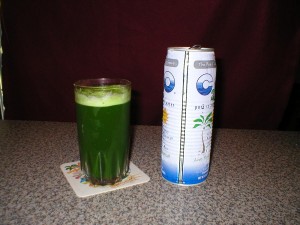
Wheatgrass Side Effects May Be Reduced By Diluting Wheatgrass With Water or a Healthy Organic Low Acidic Juice.
Another common side effect for some when using wheatgrass is diarrhea (for most folks your body is not accustomed to highly potent healthy nutrients). This wheatgrass symptom should pass after regular use as your body becomes more healthy.
A wheatgrass suggestion; you may want to start slowly using small amounts such as one ounce of juiced wheatgrass or less per serving no more than twice a day. Let your body slowly build up your body’s healthy reaction and tolerance to the drink. Wheatgrass is a very healthy positive and nutrient potent and unfortunately many people (especially adults) are not able to digest highly rich nutrient wheatgrass in the beginning intake because their body has been unhealthily trained to digest chemicals and highly processed foods. Start slowly and work your way up to two ounces in the morning and two ounces in the afternoon.
Click Here To Find Out About The Benefits of Wheatgrass
The above information is opinion based except where noted. Always contact a licensed professional for information on the above subject or BEFORE applying or practicing the above information.
HealthyMartin.com is designed to assist you in finding medical doctors, dentists and alternative, organic & holistic health, fitness and sports professionals in the Treasure Coast Florida areas of Martin County, Palm Beach County, Saint Lucie County and Indian River County. “Healthy Martin, working together for better health choices for you, your family and friends”.
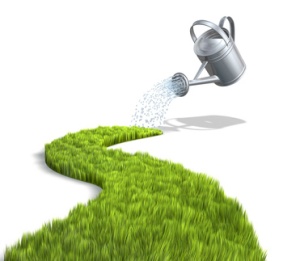
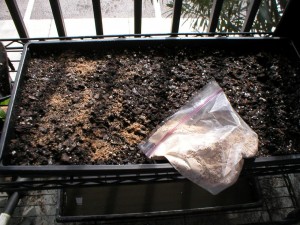
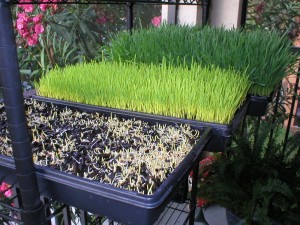
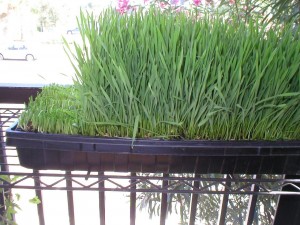
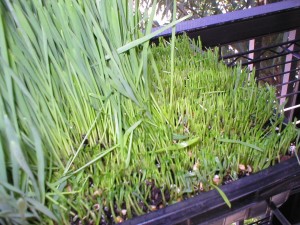
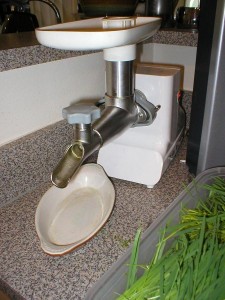


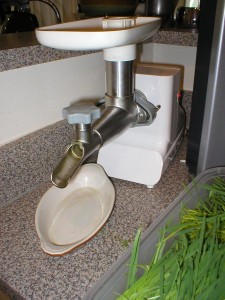
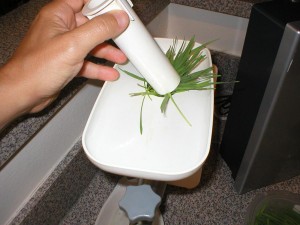

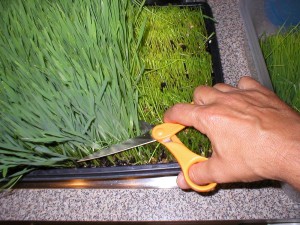
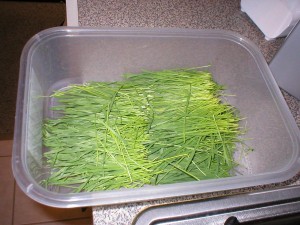
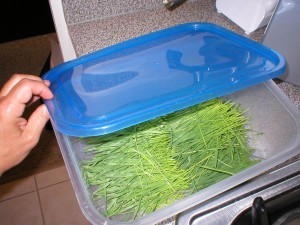
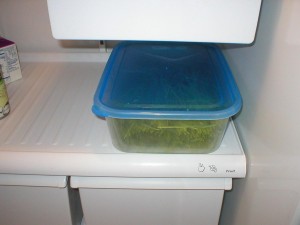
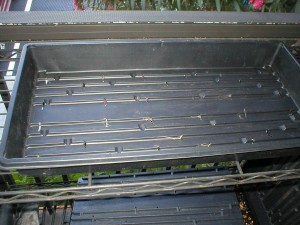
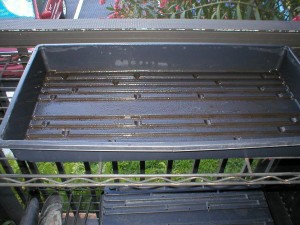
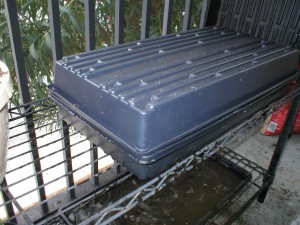
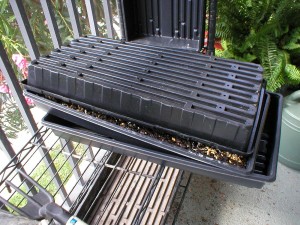

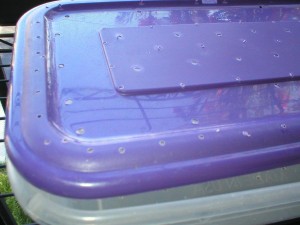

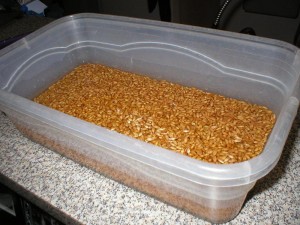


 Click On Above Ad to Go To Website
Click On Above Ad to Go To Website

